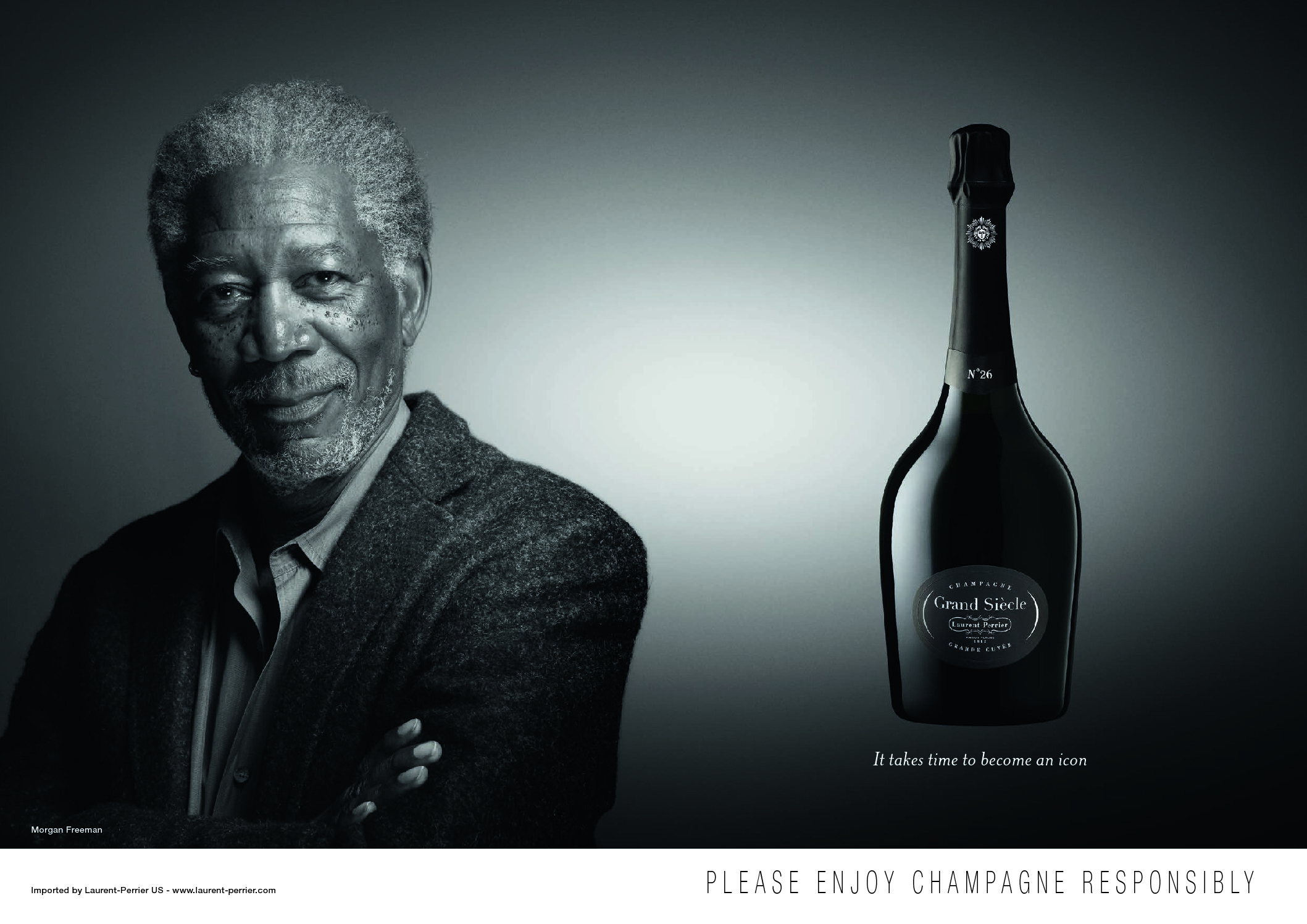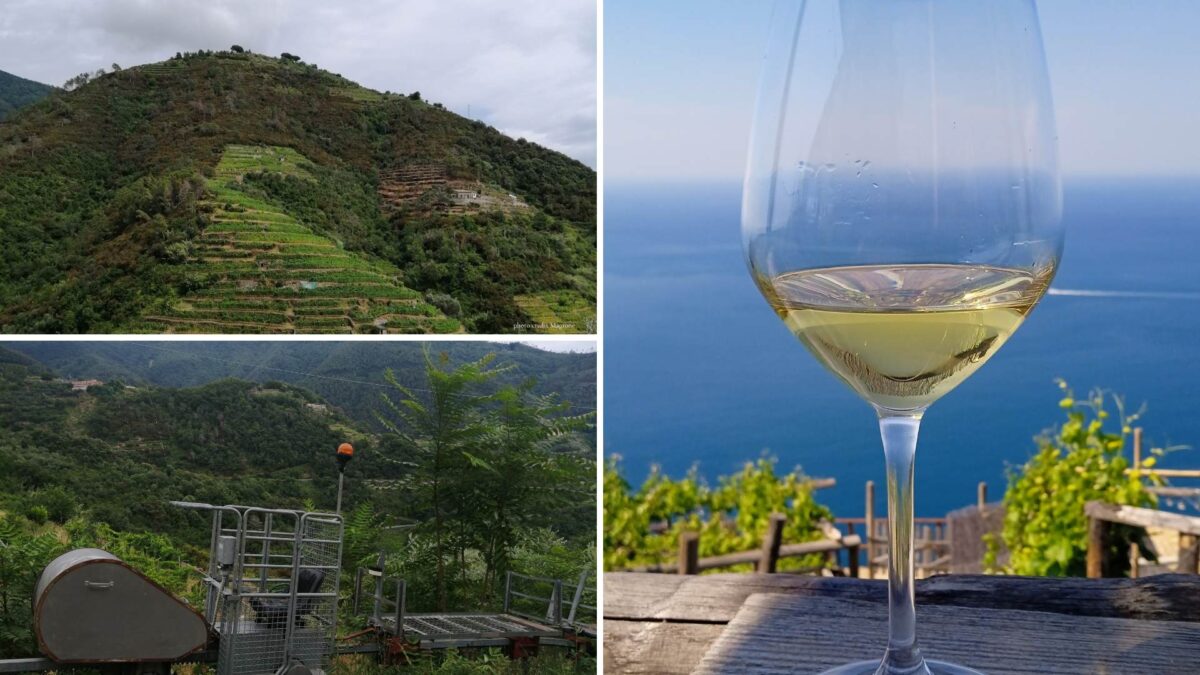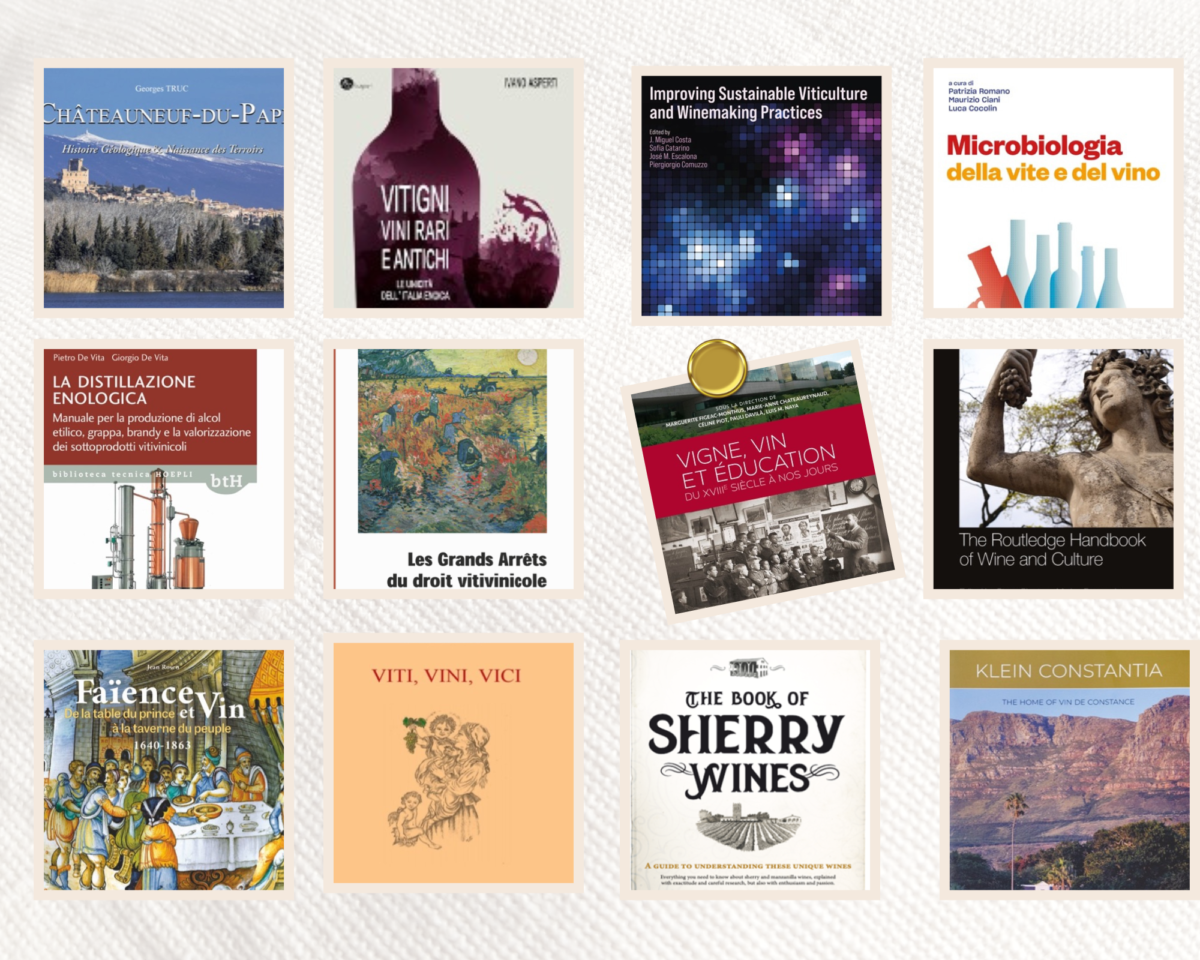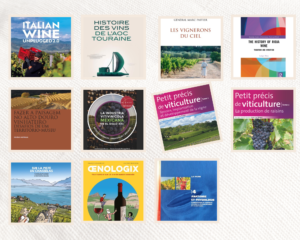Wine & Spirit Education Trust “WSET”, is set to launch two new beer qualifications February 2024: Level 1 Award in Beer and Level 2 Award in Beer.
The new beer qualifications have been created and set up by WSET’s Product Development team which is led by Sara Hobday, head of Product Development for Beer Qualifications. The team includes Mirella Amato, one of only 22 Master Cicerones, and Stuart Howe, Technical Development Manager for the Institute of Brewing & Distilling.
Beer will be WSET’s fourth qualification area following wine, spirits and sake, and the first new subject stream since 2014 when sake was introduced.
These two new courses will provide both trade professionals and beer enthusiasts the product knowledge and tasting skills to become more beer-confident. Initially launching online and in-person in select markets, including the UK, United States, Canada and Australia, the courses will explore the main types and styles of beer, key methods of production, tasting techniques and food pairings.
Michelle Brampton, WSET CEO, said: “Extending our qualifications to encompass beer is an exciting time for WSET and a natural fit for us as leaders in global drinks education. Bringing over 50 years of educational experience to the beer category, our new Level 1 and 2 Awards in Beer will bring a unique and interactive approach to tasting and learning. We hope people will be inspired to pursue their passion for beer, whether for career or personal development using our courses to build their knowledge.”
Wine remains the strongest performing qualification for the WSET with candidates making up 88% of its student base in the last academic year.
Overall, in the academic year 2022-23, 143,000 candidates enrolled for a qualification, up 22% from the previous year, with courses offered by over 700 course providers in 78 countries.
The largest markets for WSET are:
USA – 27,000 candidates, up 17% vs the previous year
UK – 24,000 candidates, up 19% vs the previous year
China – 13,000 candidates

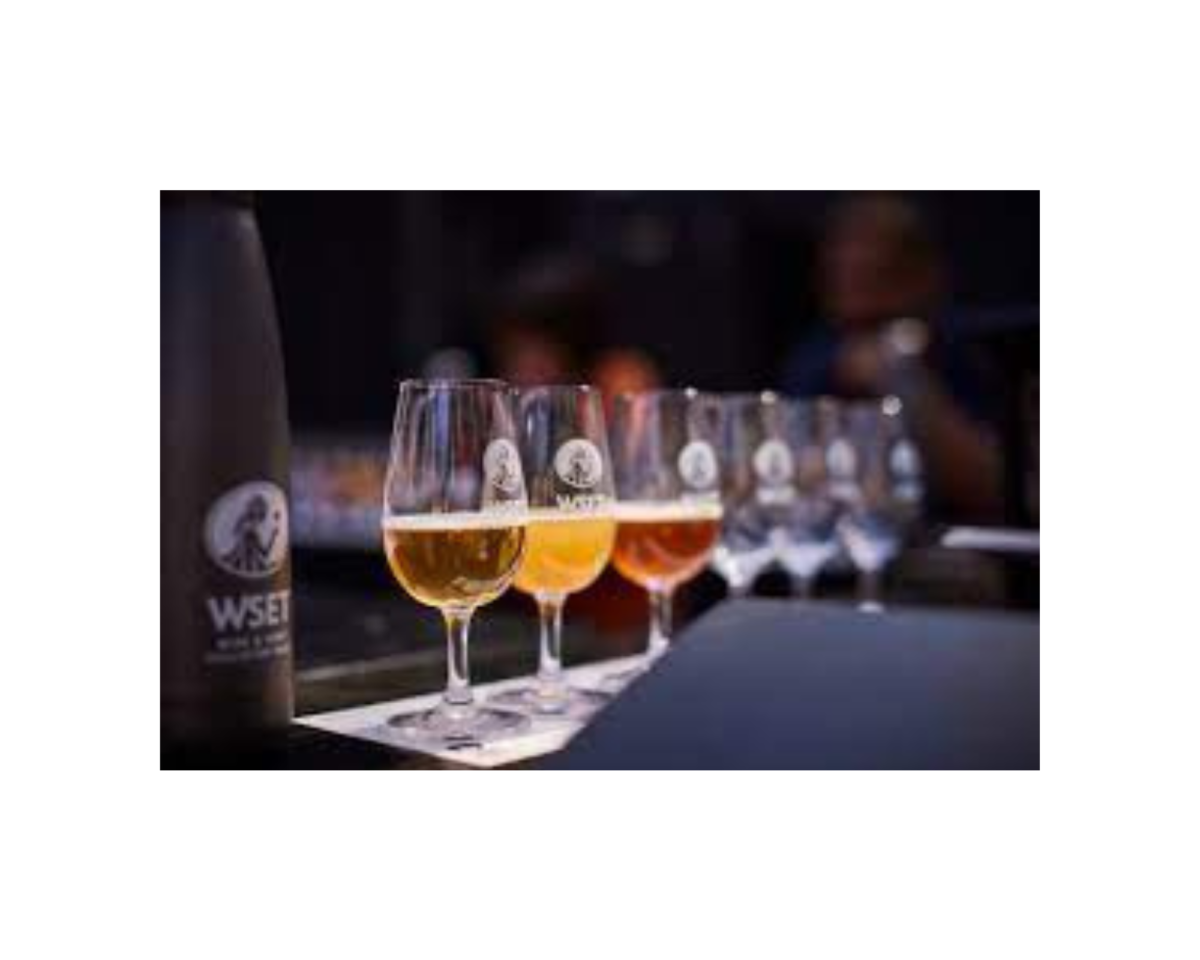
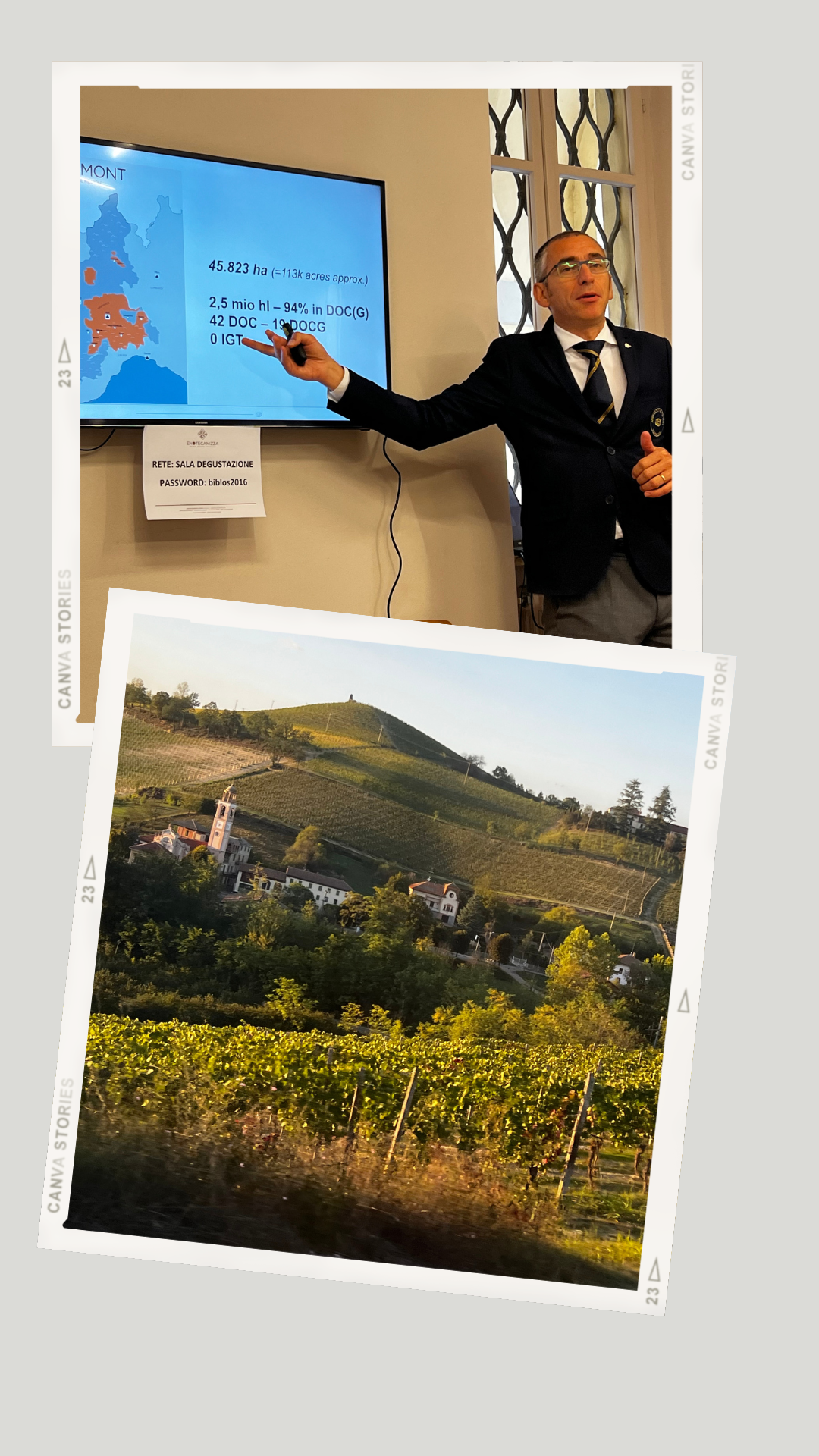
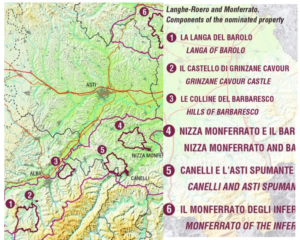
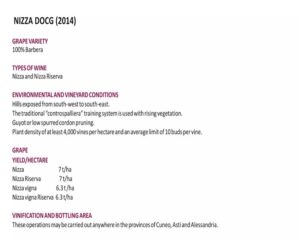
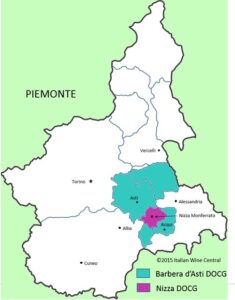 Wines of Barbera d’Asti & Monferrato
Wines of Barbera d’Asti & Monferrato